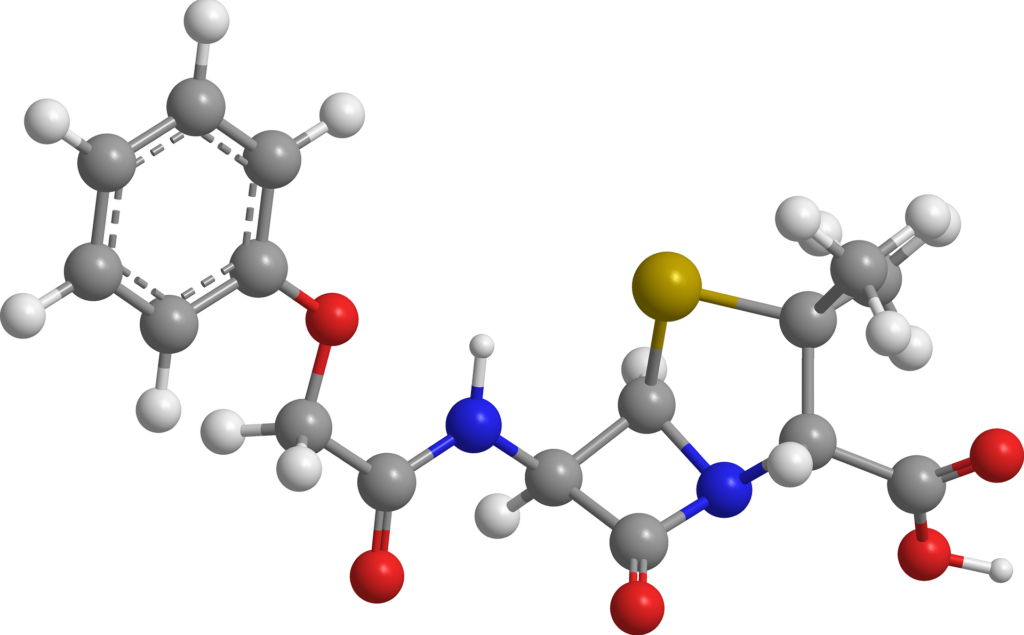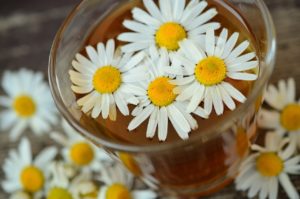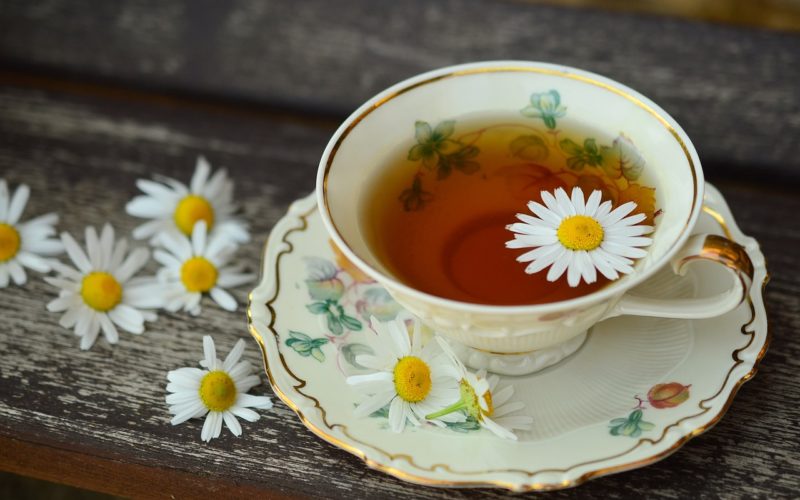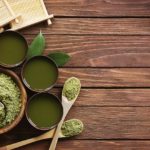Kratom (Mitragyna speciosa) is an evergreen tree in the coffee family native to Southeast Asia. People from Thailand, Malaysia or Indonesia traditionally use the fresh leaves of the kratom tree as a pain reliever or a natural stimulant. Nowadays, kratom has become very popular all over the world thanks to its properties. People use it as a natural remedy for many issues, from pain relief to opiate withdrawal. The combination of kratom and chamomile will enhance the positive effects of both plants. Not only that, it will also help you prevent some of kratom’s side effects. Keep reading this article to find out more.
Uses and Effects of Kratom
The effects of kratom come from its alkaloids. The leaves of kratom have more than 40 alkaloids, including mitragynine and 7-hydroxymitragynine (7-OH). These alkaloids act on the opioid receptors in your brain. Opiates bind to these receptors in order to be effective. However, kratom is a safe substance without the dangerous side effects of opiates.

Thanks to this process, kratom can help you:
- Relieve pain
- Cope with the symptoms of depression
- Fight anxiety
- Relax and manage stress
- Boost your energy and fight fatigue
- Fight insomnia
- Cope with opiate withdrawal
You must have noticed that the effects of kratom are very different. In fact, some of them are even opposite. How can this happen? How can the same product help you relax and give you an energy boost at the same time? The answer lies in the different kratom strains and in the dosage.
Generally speaking, white kratom strains are more stimulating and energizing. On the other hand, red kratom strains bring about a calming (even sedative) effect and are usually people’s choice for alleviating pain. Green kratom strains are ideal for achieving euphoria, but also have analgesic properties.
But the dosage also plays a crucial role in the effects of kratom. Lower doses bring about energizing effects, while higher doses are best if you want to relax or relieve pain.
A Brief History of Chamomile
Chamomile is one of the most popular medicinal plants in the world. Unlike kratom, you can find chamomile everywhere. You do not even need to find a reliable vendor or go to a specialized store. You can find chamomile in any supermarket. And there are no law restrictions or bans to its use.
Chamomile is native to Western Europe, although nowadays it grows in many parts of the world. There are different types of chamomile, such as the Roman Chamomile or the German chamomile.
In Ancient Egypt, Greece, and Rome, people already used chamomile for treating digestive issues, liver conditions or pain. Its popularity started growing during the Middle Ages, when chamomile became a remedy for many ailments, such as gout, skin problems, arthritis or burns. Even today, chamomile is still one of the most popular healing herbs.

Properties of Chamomile
Despite their tiny size, chamomile flowers have plenty of active elements, such as bisabolol, chamazulene, acetylene, flavonoids, coumarins or terpenoids. Thanks to these ingredients, chamomile has several healthy properties, ranging from anti-inflammatory and analgesic to sedative. It is also a natural antioxidant. As a result, you can use chamomile to:
- Relieve pain
- Prevent cancer
- Improve cardiovascular conditions
- Alleviate digestive issues
- Stimulate your immune system
- Fight anxiety
- Reduce stress
- Fight insomnia
But chamomile is also useful for treating skin and hair conditions, wounds or hemorrhoids.
Benefits of Mixing Kratom and Chamomile
By mixing kratom and chamomile, the benefits of both plants are enhanced. Especially if you are taking kratom for pain relief or relaxation, you will notice that its effects are more potent. Does it mean chamomile is a kratom potentiator? Technically speaking, the answer is not. A potentiator increases the effect of a drug or a medication by blocking certain enzymes in your body. These enzymes are responsible for the detoxification process that helps your body dispose of toxins. When you take a potentiator, the enzymes stop working for a while and the effects of the medications last longer.
Chamomile does not block any enzymes, nor does it stop the detoxification process. Instead, the effects of chamomile add up to the effects of kratom. And since chamomile is both analgesic and sedative, you will feel these effects more intensely.
Another great advantage of combining kratom and chamomile is that chamomile protects your stomach, so it can help you avoid some of the digestive issues derived from kratom consumption.
Risks and Side Effects of Kratom and Chamomile
Kratom has several side effects, including dizziness, nausea, digestive issues or constipation. While chamomile can alleviate some of these symptoms, the risk of experiencing them is still there. Also, be careful with your kratom dosage. Since chamomile has sedative properties, combining chamomile with high doses of kratom could be way too sedative and even cause drowsiness.
On the other hand, there are many people allergic to chamomile. Symptoms usually include swollen lips, an itchy throat or irritated eyes. If you suffer from any of these symptoms after taking kratom and chamomile, you should stop consuming chamomile.
How to Take Kratom and Chamomile
If you want to add chamomile to your kratom tea, just add one chamomile bag to the mix and let the chamomile and kratom boil for 10 – 20 minutes. This is the recommendation for a single cup of kratom. If you are using enhanced kratom or extracts, remember you will need to be more conservative with the dose.
Also, adding chamomile to your kratom tea does not make the taste any better. You can sweeten your tea with honey, sugar or any sweetener of your choice.



